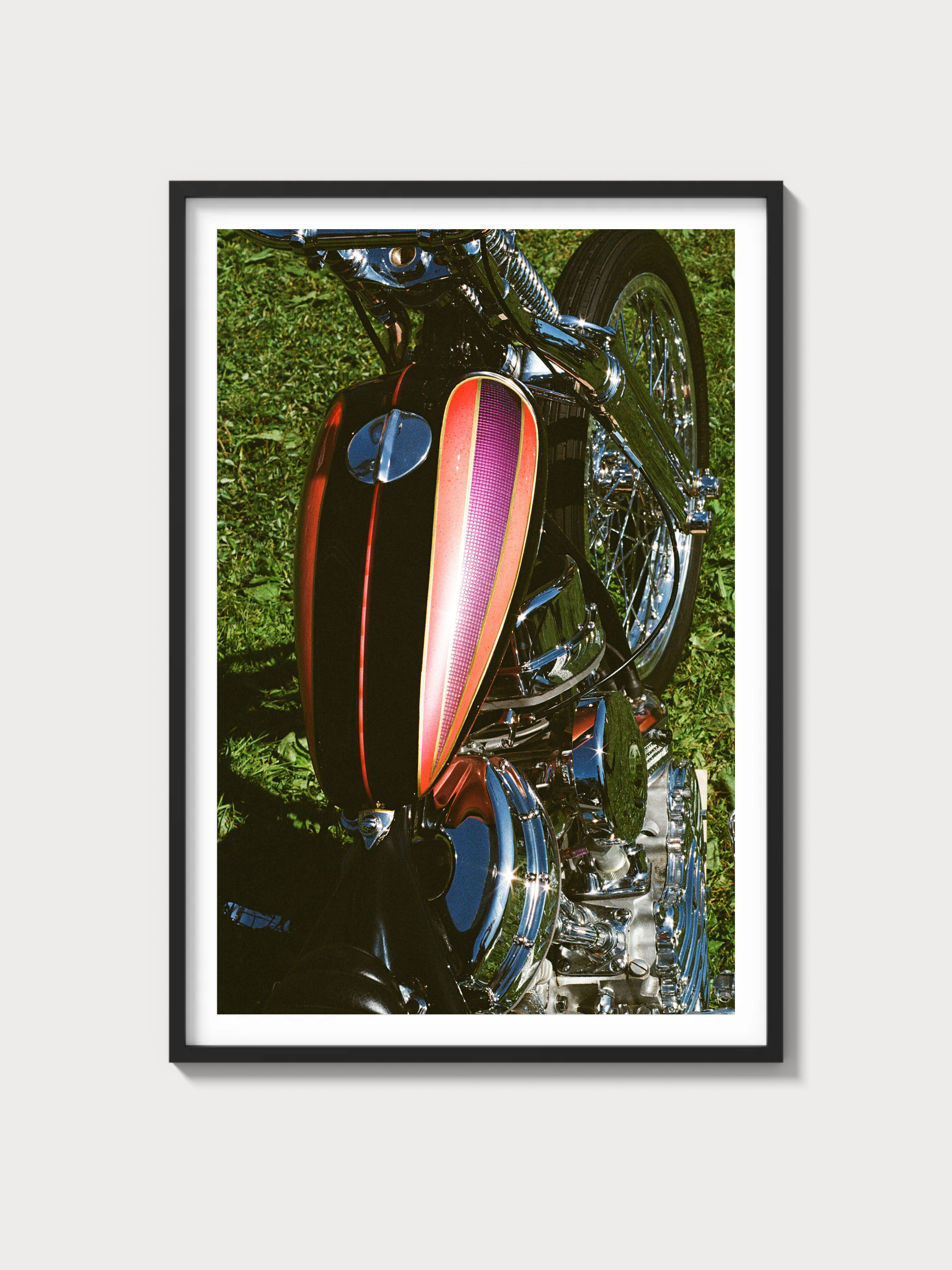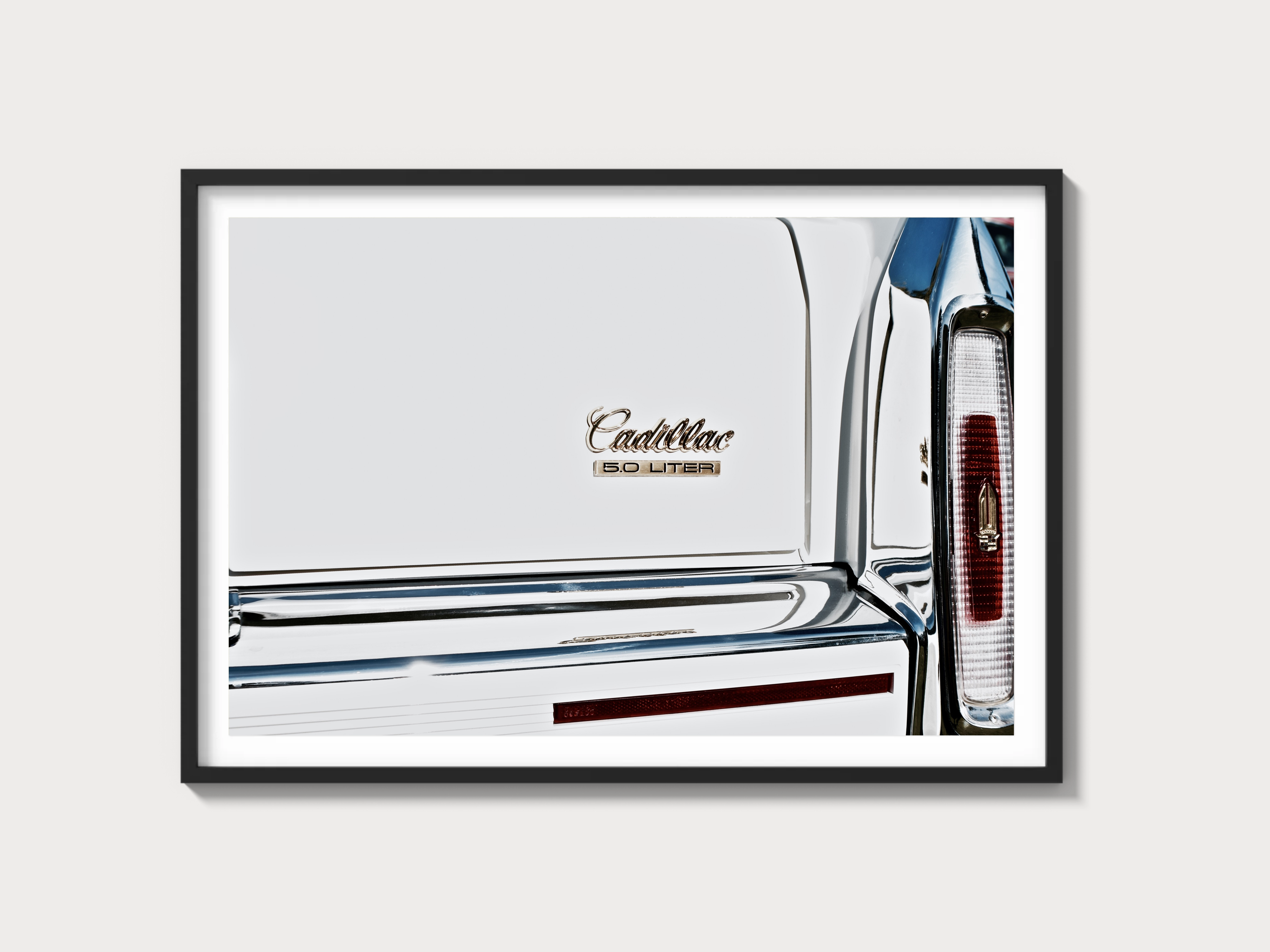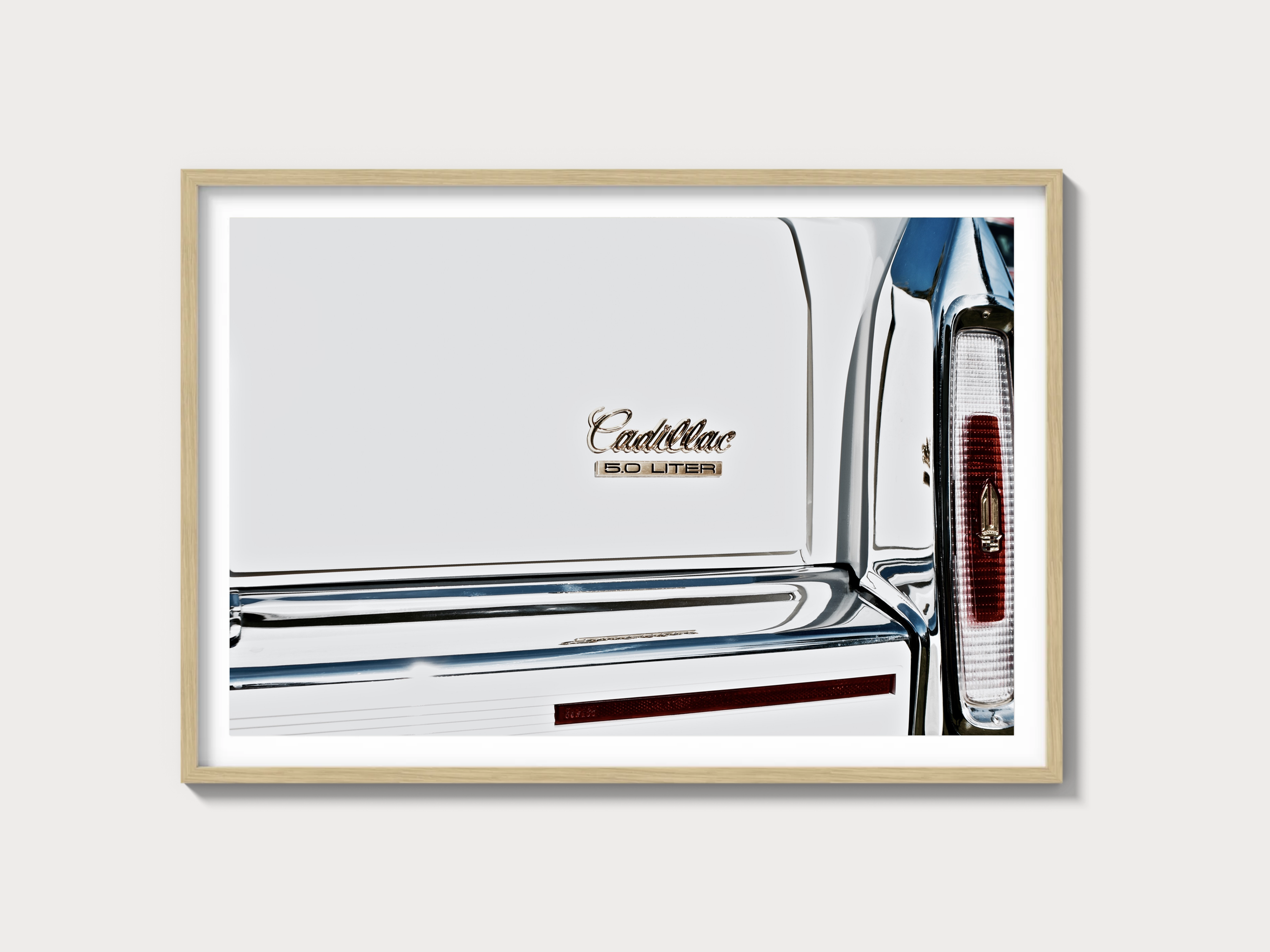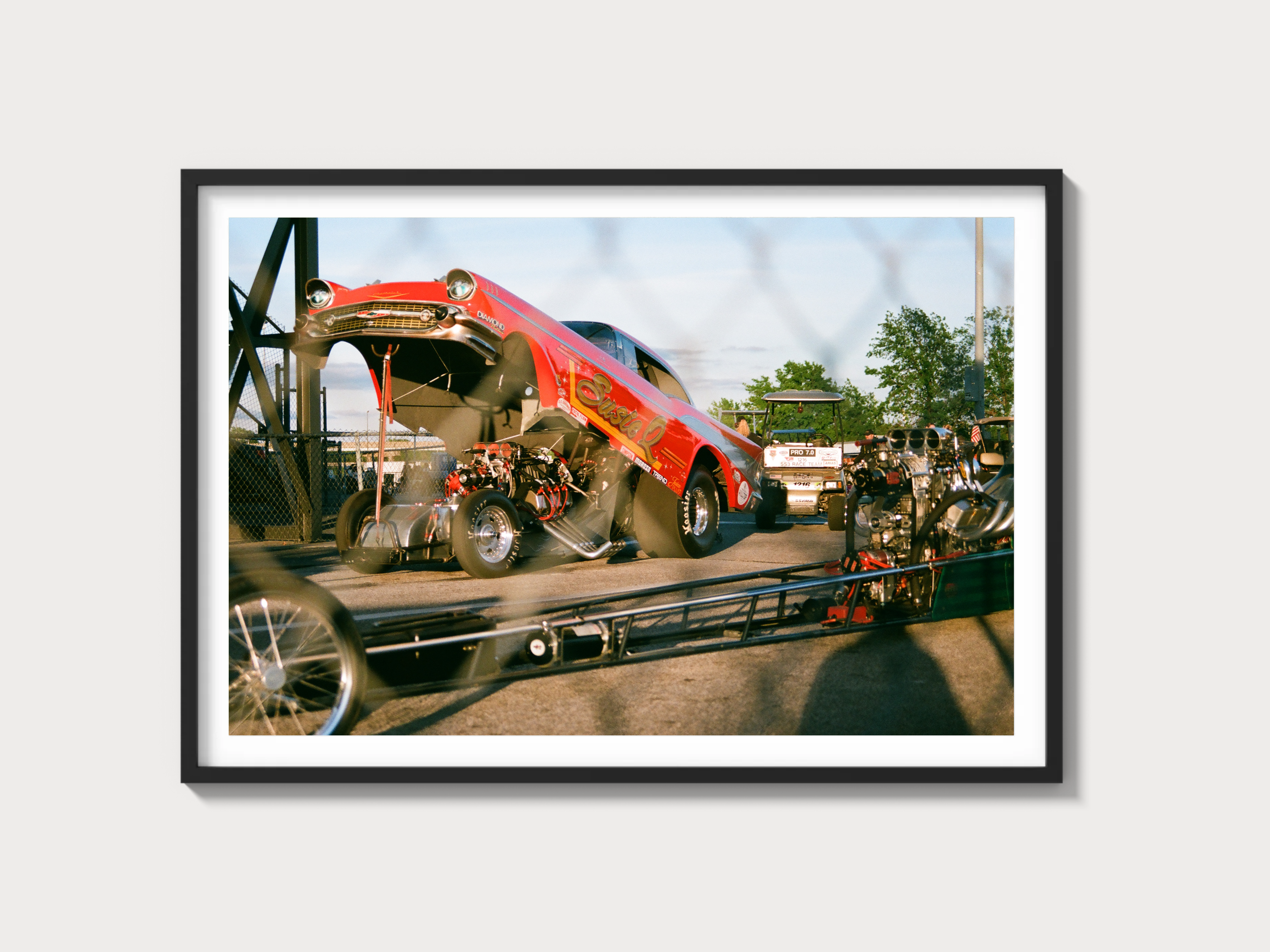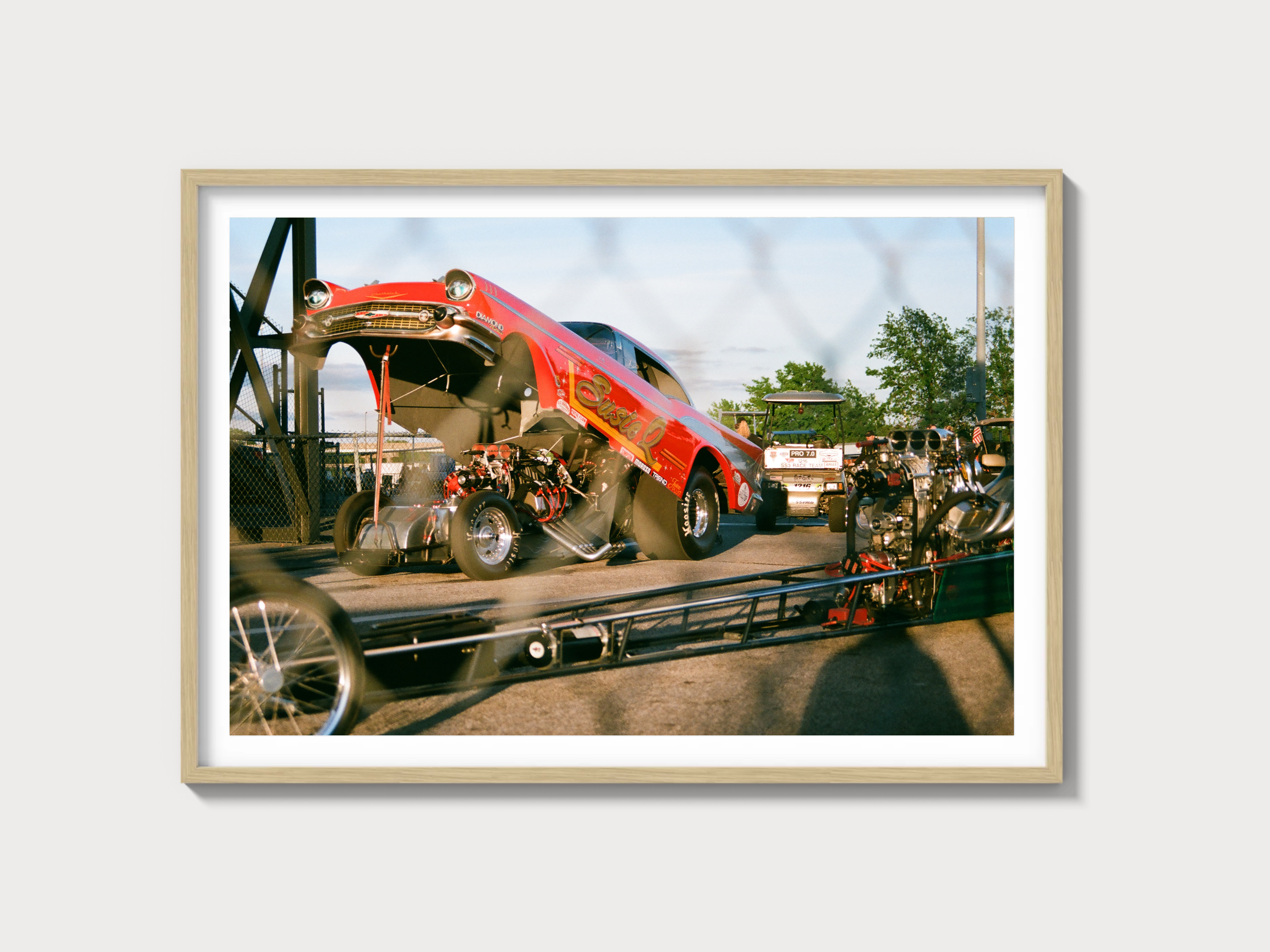1991–1994 Ford Explorer Base: Pioneering the SUV Era
Historical Context and Development Background
The early 1990s marked a paradigm shift in the automotive landscape as the sport utility vehicle (SUV) gained traction. Ford, recognizing the burgeoning market potential, introduced the Explorer in 1991, effectively replacing the Bronco II. Designed with family-friendly appeal and rugged capability, the Explorer became an instant success. The vehicle's design ethos was rooted in versatility, aiming to capture both the urban commuter and the off-road enthusiast. Competitors at the time included the Jeep Cherokee and Chevrolet S-10 Blazer, each vying for dominance in this nascent segment.
Engine and Technical Specifications
| Specification | Details |
|---|---|
| Engine Configuration | V6 |
| Displacement | 4.0L |
| Horsepower | 155 HP |
| Induction Type | Naturally Aspirated |
| Redline | 5,500 RPM |
| Fuel System | Multi-port Fuel Injection |
| Compression Ratio | 9.0:1 |
| Bore x Stroke | 98.3 mm x 86.4 mm |
Driving Experience and Handling Dynamics
The Explorer's driving demeanor is characterized by its commendable road presence and comfortable ride. The suspension setup, a combination of front independent and rear live axle, was tuned to balance on-road comfort with off-road capability. The standard 5-speed manual transmission offered a tactile driving experience, while the optional 4-speed automatic catered to convenience. Throttle response, though not razor-sharp, was sufficient for a vehicle of its class, prioritizing reliability over outright performance.
Full Performance Specifications
| Performance Metric | Specification |
|---|---|
| 0-60 mph | 10.5 seconds |
| Top Speed | 104 mph |
| Quarter Mile | 17.8 seconds |
| Curb Weight | 3985 lbs |
| Layout | Front-engine, rear-wheel-drive |
| Brakes | Front disc, rear drum |
| Suspension | Front: Twin I-Beam; Rear: Leaf springs |
| Gearbox Type | 5-speed manual / 4-speed automatic |
Variant Breakdown
- Base: Standard model with essential features, targeting value-conscious buyers.
- XLT: Offered upgraded interior and exterior trim, appealing to those seeking more amenities.
- Eddie Bauer: Featured luxury appointments and exclusive colors, catering to upscale markets.
- Limited: Introduced in 1993, represented the pinnacle of the lineup with advanced features and technology.
Ownership Notes
As a first-generation Explorer owner, maintenance revolves around regular checks on the transmission and suspension components, which were known to wear. Parts availability remains robust, thanks to the model's popularity and the extensive aftermarket support. Restoration requires attention to detail, particularly with the interior plastics and trim, which are prone to wear. A recommended service interval for the Explorer includes oil changes every 3,000 miles and a comprehensive inspection every 30,000 miles.
Cultural Relevance
Popularized by its frequent appearances in the media and as a staple in suburban driveways, the Explorer has cemented its place in automotive history. While not a typical collector's item, its role in defining the SUV segment lends it considerable nostalgia value. Auction prices for well-maintained examples have seen a modest increase as enthusiasts seek to preserve early models. Unlike its peers, the Explorer did not forge a significant legacy in motorsport, focusing instead on mass-market appeal.
FAQs
How reliable is the 1991–1994 Ford Explorer? The Explorer is generally reliable, with most issues arising from age-related wear, particularly in the transmission and suspension.
What are the known problems with this generation? Common issues include transmission failures, electrical gremlins, and rust in the undercarriage, especially in regions with harsh winters.
Is the first-generation Explorer a good investment? While not a high-value collector's car, its historical significance and nostalgic appeal make it a worthwhile purchase for enthusiasts.




